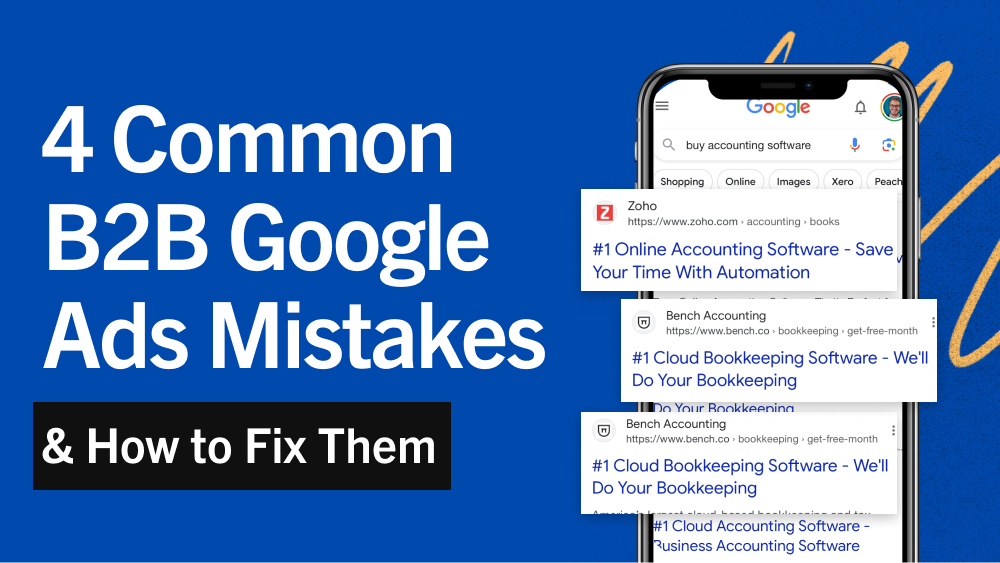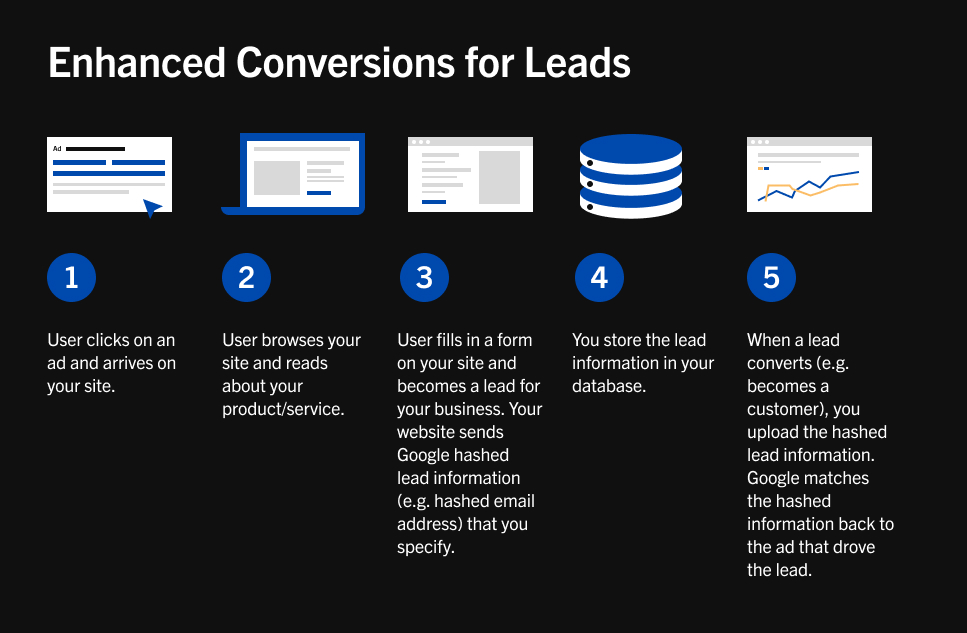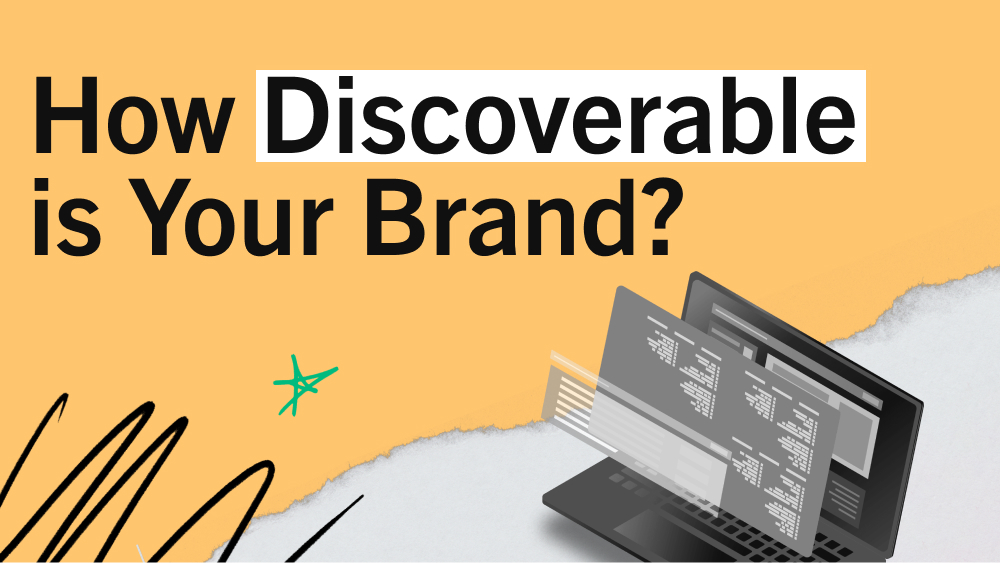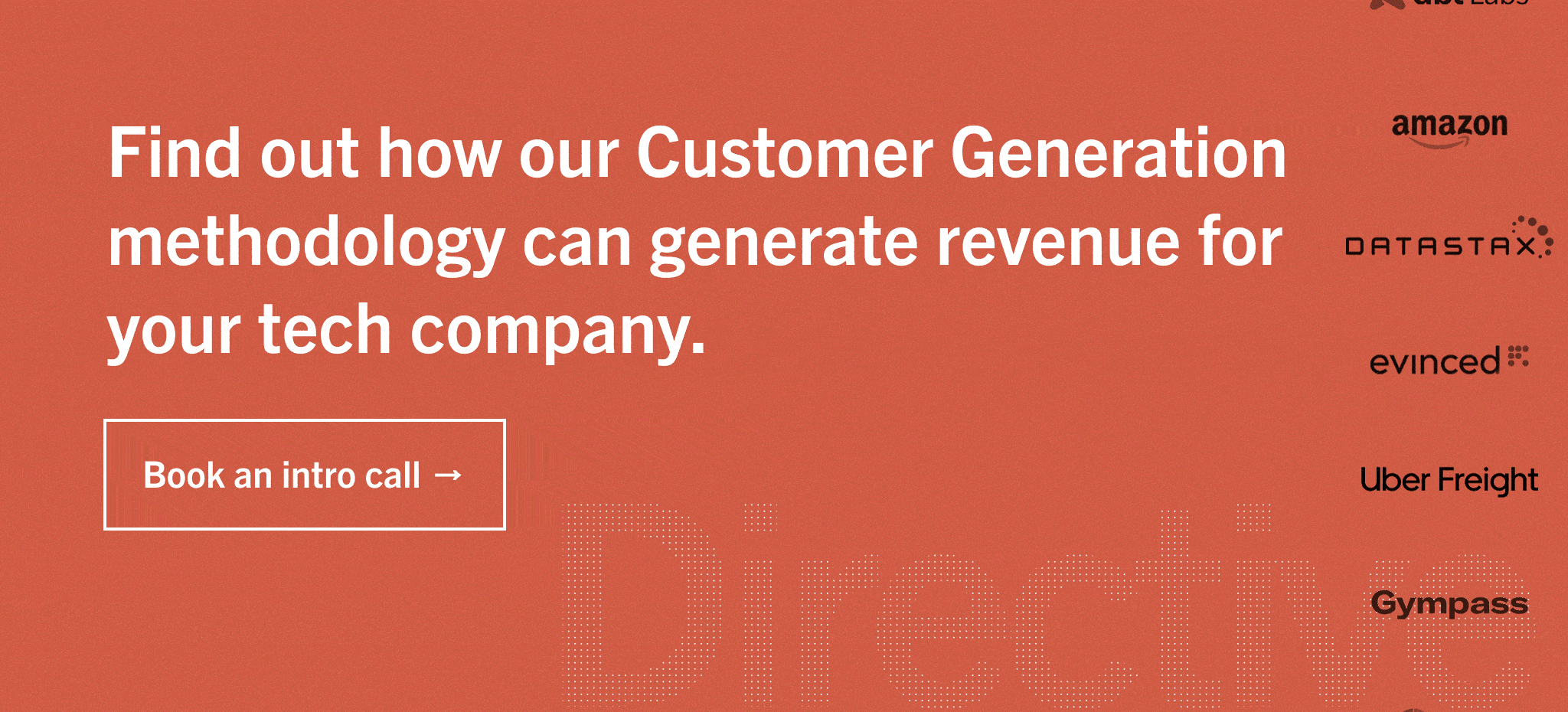4 Common B2B Google Ads Mistakes and How to Fix Them

As a marketer at a B2B company, you’re always on the lookout for ways to drive more revenue and build a healthier lead generation pipeline. Depending on the demand for your product, Google ads are an excellent option.
Its ability to connect you directly with potential customers who are actively searching for your products or services is nothing short of amazing.
It’s like having a digital billboard on the virtual highway of search results, always ready to capture the attention of those who need what you offer.
Although it’s a great platform, it can cost you a lot of money—and fast—if you don’t use it correctly, especially in B2B.
As a performance marketing agency, we have this unique opportunity to look across hundreds and thousands of Google ads accounts.
Specifically, accounts spending under $5,000 a month to millions. From so many accounts, you start to pick up on trends, and what’s interesting has been four mistakes that continually come up, and unfortunately, they result in a lot of wasted spend.
Today, we’ll explore these pitfalls and more importantly, provide insights on how to steer clear of them.
Interested in watching this blog in video form instead?
Mistake 1: Scaling the Unscalable
Many B2B companies have growth goals that keep rising, and oftentimes, that means marketers need to increase ad spend with it. Google Ads (formerly Google AdWords) are usually one of the first places a marketer looks because of the intent and direct attribution, but it does have a ceiling where you start experiencing diminishing returns. Depending on your category, that ceiling can be low, making it hard to scale up.
A common mistake is heavily relying on target audiences with Google Ads. Unfortunately, Google Ads campaigns don’t have firmographic targeting, and your buyers don’t use search terms like ‘CRM software for VPs of marketing at companies with a hundred plus employees.’ Even Google Analytics data falls flat here. Recognizing alternative targeting options or additional marketing channels is crucial to avoid wasting a lot of money on irrelevant keywords with zero buying intent.
How To Fix It:
In this example, it’s not about fixing your Google ads account or campaigns but adapting your advertising strategy to other marketing channels.
Essentially, you have to generate demand with your target audience in other channels, such as LinkedIn conversation ads, Facebook, and Instagram, through in-person and digital events, programmatic, or other social networks (Looking at you, Tik Tok, Reddit, and YouTube).
Marketers must create demand at the top, where they have better firmographic targeting, allowing them to get in front of the right people at the right time.
This demand generation will drive more people to search for your product solutions, generating brand awareness and increasing search engine website traffic. In some cases, you can also look at Microsoft ads for additional scale, but beware that will be limited and likely won’t give you the scale you’re looking for.

Mistake 2: Using Broad Match Keywords
Using broad match keywords in Google ads is a big mistake for B2B. At first glance, it may sound like a good idea during the initial keyword research with the Google Keyword Planner. While we all know Google is pushing advertisers towards broad match, please do not fall into that temptation and blindly accept the representatives’ suggestions. The use of broad match keywords can and will result in irrelevant traffic and wasted PPC (pay-per-click) ad spend.
For instance, if you target the keyword “CRM software” or “Buy CRM Software” with broad match, it can trigger your ad for a many unrelated searches, leading to unqualified traffic, wasted spend, and marketing efforts. Best practices suggest that adding negative keywords can help alleviate this; however, it quickly turns into a game of whack-a-mole. Even when you think you’re using the right keywords, broad match targeting comes back to bite you. Such as:
- What is CRM
- “CRM less annoying”
- Industry-specific CRMs
- Competitor searches
- Competitor integration questions
And more…

How To Fix It:
Outside of some unique cases using RLSAs (remarketing lists for search ads), B2B organizations see the best results with phrase and exact match types.
Even with phrase and exact match, Google has increased the number of searches you can show up for over the years so adding in exclusions daily will go a long way in reducing wasted ad spend and driving revenue for your business. Phrase and exact match keywords, alongside exclusions, will help ensure your budget is going towards buying intent search terms.
Mistake 3: Not Tracking The Right Things (Or Anything At All)
We’ve all heard the phrase “What gets tracked gets improved”. Well, this doesn’t apply to tracking the wrong things in Google ads. That’s because Google is very good at going out and getting what information you tell it to get.
If you tell it to get page views, it’ll get a lot of page views at a low cost.
Tell it to get people requesting a demo. It’ll try to get as many demos as possible at the lowest cost.
The issue with that for B2B search campaigns is that often, your lowest CPC (cost per click) is your higher cost per customer because low CPCs usually mean low quality. This is where many B2B organizations make mistakes because the in-platform metrics look great, with low cost per clicks and conversions, but in your CRM or source-of-truth, a different story is told. Instead, we need to tell Google to go and get the most Sales Qualified Leads (SQLs), pipeline, and revenue.
How To Fix It:
To lower CAC and increase ROI from Google ads, every B2B company needs to start tracking later funnel stage metrics from your CRM analytics with OCT (Offline Conversion Tracking). Essentially, OCT imports actions from your CRM down to the search term level into Google ads. Hence, you have complete visibility on what keywords, search terms, display ads, display network, ad groups, and campaigns are driving the business objectives you care about.
From there, you can also start telling Google to maximize your budget towards SQLs, pipelines, or revenue so its AI can focus on those stages rather than the upfront metrics of cost per click and cost per conversion. By doing this, you’ll start to see your CAC decrease and ROI skyrocket.

Mistake 4: Neglecting the Post-Click Experience
Companies often overspend on keywords and targeting, completely overlooking the importance of the post-click experience. This includes landing page content, creative elements, and copywriting. It’s surprising how many companies invest heavily in ads but neglect compelling copy or creative, or simply direct traffic to a basic blog post or home page.
This is a common Google Ads mistake because while the targeting, setup, and keywords are all needed, to get the most out of your search campaigns, you need to invest in the things that your prospective customers see—the post-click experience.
How To Fix It:
The way to fix this is to reallocate resources towards copywriting and landing pages as a whole. As a rule of thumb, a different landing page should be used for each campaign in Google ads. Each landing page should be running an A/B test as well so you can hone in on what is resonating with your audience.
Conclusion
As a marketer, you know Google ads are a great way to capture demand for your solution and more importantly, drive revenue and pipeline. Unfortunately, after looking at hundreds and thousands of accounts, many B2B marketers make these Google Ads mistakes. Check your accounts to make sure you’re not forcing spend, conducting poor keyword research, using broad match keywords, tracking the right conversion with offline conversion tracking, and properly allocating resources to the post-click experience. You’ll be one step closer to surpassing your growth goals.
Not sure if you’re making these common mistakes? Our team would be more than glad to give you a free audit.
Keep reading





